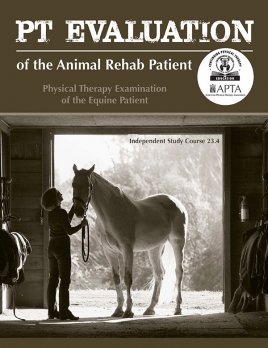
PT Evaluation of the Equine Patient
Contact Hours: 0
| Online Only | |
|---|---|
| APTA Orthopedics Member | $35
$25
|
| Non-APTA Orthopedics Member | $50
$40
|
Course Description
The purpose of this monograph is to provide the practitioner with guidelines for comprehensive functional assessment of the horse. A team approach to assessment, treatment, and management is encouraged, initiated by a primary veterinary diagnosis followed by referral to a physical therapist or veterinarian specializing in equine rehabilitation or equine sports medicine for treatment. Accurate history taking, physical assessment, clinical reasoning, and communication among team members all guide the selection of treatment.
Course Overview
Course Format: Online
Course Objectives
- Understand the importance of obtaining a veterinary referral and diagnosis prior to assessing and treating the equine patient.
- Recognize the importance of a team approach to rehabilitation of the equine patient.
- Understand the importance of performing a review of systems and general health assessment prior to physical therapy evaluation or treatment.
- Identify conditions that may alter the course of physical therapy treatment, affect the prognosis, or require referral for further veterinary evaluation.
- Understand the importance of using clinical reasoning skills to guide the assessment and treatment of the equine patient.
- Recognize areas of musculoskeletal abnormalities, restrictions, pain, and gait abnormalities as potential areas that physical therapy treatment may benefit the equine patient.
- Formulate a thorough plan of assessing the equine patient, conveying a problem list, and initiating a treatment plan based on good clinical reasoning skills.
- Comprehend the understanding of equine conformation and the influence of structural imbalances on injury development.
- Discuss the neuromuscular responses to joint pain.
- Understand the multiple forms of objective gait assessment and the reliability of subjective gait assessment.
Topics and Authors
- Physical Therapy Examination of the Equine Patient
Arlene White, PT, M. Anim St. Physiotherapy, Melissa King, DVM, PhD
Add To Cart
Which version of the course would you like to purchase?
Members Only
You need to be a member to buy this course.
Join today to enjoy exclusive deals and prices on all courses.
Join Now